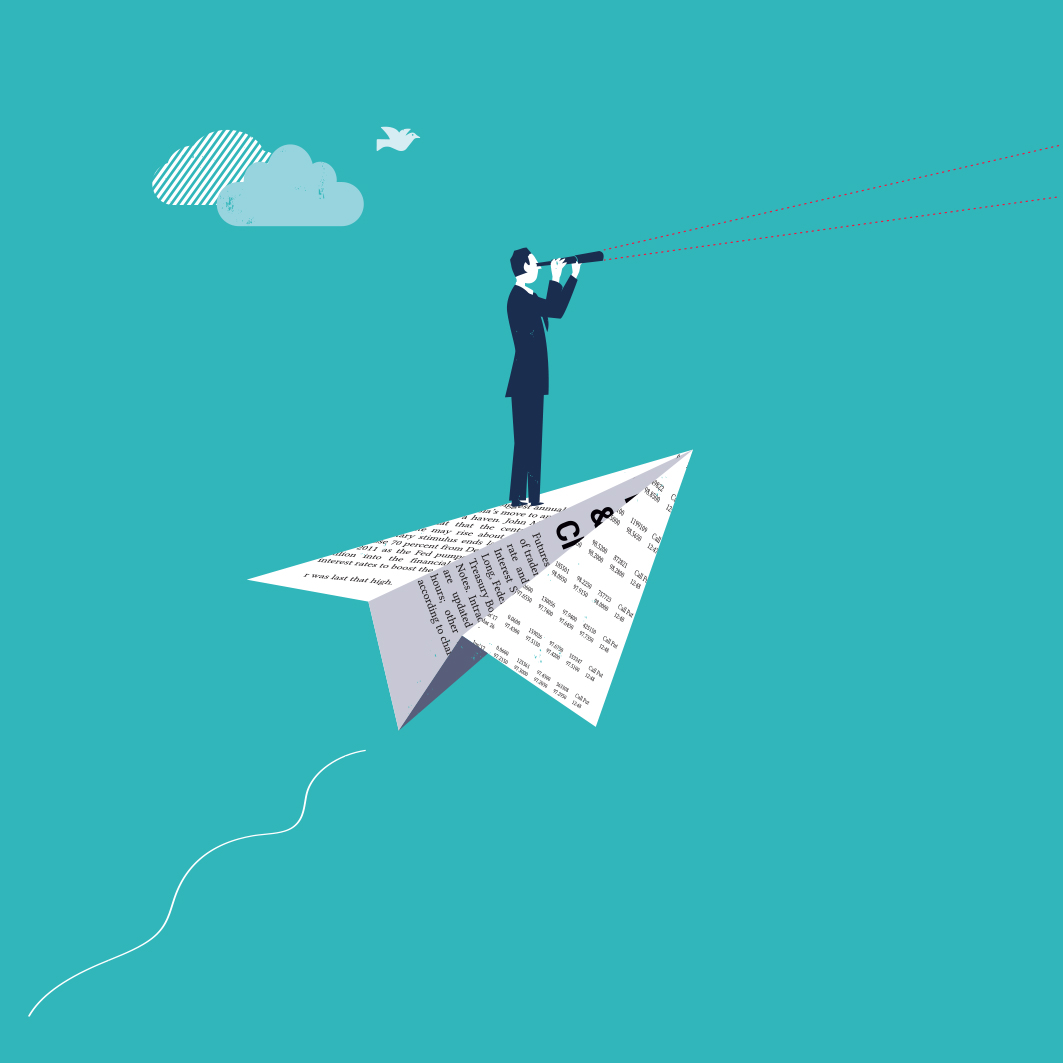Most of us want to improve. We want to get better, be better.
As individuals, we track what we should do by the day, week, and month. We check off stuff that gets done (even adding items to the list that we just completed, but forgot to include) and push forward on tasks that fell through the cracks. We consider what we could have done better. Were we engaged in what we were doing? Did we respect other points of view? Did we give it our best effort? This day-to-day process often feels like we’re pounding out dents at the demolition derby.
Most organizations want to get better as well, and take a similar incremental approach. Good companies have teams of executives and frontline staff observe what’s really going on in the workplace (they “go to the gemba,” in lean vernacular); monitor and measure safety, speed, quality, costs, etc.; identify problems; analyze causes; and then come up with ideas about how to get a process or activity back on track. When this works, they raise the performance bar, and the cycle repeats.
Ongoing efforts to keep ourselves and our organizations on track and to push for higher ground are admirable and necessary, but they’re rarely enough. Iterative changes often produce only modestly better versions of the same thing. Some problems in life and business cannot be whittled away; they need something dramatic — and innovative.
Shawn Anchor, positive psychology researcher, tells the story of Cardinal Community School District in Iowa, which went from being one of the worst educational districts in the country to being sought by parents.[i] Joel Pedersen, the school’s superintendent, championed radical change based on the concepts and research of Anchor and Michelle Gielan. Instead of traditional procedures focused on failure and punishment, everyone (administrators, teachers, bus drivers, lunch staff, janitors) highlighted positive behaviors, inspired students, and focused on the potential for success and happiness. Pedersen’s novel approach emphasized what’s right at the school — not what’s wrong — and in doing so changed the lives of hundreds of children.
Occasionally we all need to do what we’ve never done before, what we’ve never even considered before. We, too, need to pursue a novel idea of ourselves or of our organization. That’s not easy. We’re far too comfortable within the boundaries of our own bad habits. Yet there are times when individuals and companies need to look beyond present practices and processes — and move beyond continuous improvement — to embrace revolutionary change. We need to go from kaizen to kaikaku, in Toyota parlance.
As this rancorous year winds down, let’s look back with the purpose of gaining context for how we look forward. Are we satisfied with how we lived out this year? Are we happy with who we are today, and who we will be in the coming year? Are we happy? Or are we ready to dramatically, radically innovate both our lives and our organizations?
By George Taninecz, VP of Research, The MPI Group
[i] Inspire Happiness, PBS, WVIZ, Nov. 24, 2016.

